
Egg Freshness Explained: What Sinking, Tilting, and Floating Really Mean
How to Test Egg Freshness Using Water: What Science Says and How to Do It Safely
Ensuring the freshness of eggs is essential not only for better taste and texture, but also for food safety. While expiration dates on cartons provide a general guideline, eggs can remain edible long after the printed date if stored properly. One of the simplest, most reliable, and widely recommended methods for checking egg freshness is the water test, sometimes called the float test. This technique has been used for generations and is supported by food safety experts because it relies on predictable physical changes that happen inside an egg as it ages.
Why the Water Test Works
When an egg is freshly laid, it contains very little air inside the shell. Over time, however, moisture and carbon dioxide slowly escape through the porous shell, and an air pocket begins to form. The larger this air cell becomes, the more buoyant the egg becomes. This natural process explains why an egg’s behavior in water is a strong indicator of its age.
According to the U.S. Department of Agriculture (USDA), eggs stored in a refrigerator can remain safe to eat for several weeks, but their quality gradually declines as the air cell expands. The water test helps visualize this change without cracking the egg open.
How to Perform the Water Test
To check the freshness of an egg, simply fill a glass, bowl, or jar with enough water to fully submerge the egg. Then gently place the egg into the water and observe how it behaves:
1. Fresh and Safe to Eat — Egg Sinks and Lies Flat
If the egg sinks quickly and rests on the bottom in a horizontal position, it is very fresh. At this stage, the air cell inside is still small, and the egg is likely to have a firm yolk and viscous egg white. These qualities make it ideal for dishes where texture and freshness matter, such as frying, poaching, or soft-boiling.
2. Still Safe but Not Very Fresh — Egg Sinks but Stands Upright
When an egg sinks but tilts upward or stands on its end, the air pocket has grown noticeably. While the egg is still generally safe to eat, its quality has declined. Its whites may be thinner, and the yolk may appear less rounded. These eggs work well for baking, hard-boiling, or any recipe where the structural integrity of the egg is less important.
The Food and Drug Administration (FDA) notes that aging alone does not make an egg unsafe; rather, contamination risks depend on storage conditions and shell integrity. So an upright egg is still usable, as long as it has been properly refrigerated and shows no signs of spoilage.
3. Too Old to Eat — Egg Floats
If the egg floats to the top of the water, it indicates a very large air pocket, suggesting the egg is old and should not be eaten. While floating alone does not confirm bacterial contamination, it strongly suggests that the egg’s internal quality has deteriorated beyond safe consumption. At this point, discarding it is the safest option.
Food science programs such as those from Oregon State University Extension and Penn State Extension consistently recommend discarding floating eggs because both texture and safety may be compromised.
Additional Tips for Egg Safety
-
Perform a sniff test after cracking. Even a sinking egg can be spoiled if stored improperly. A sour or sulfur-like odor is a clear sign of bacterial activity.
-
Store eggs in the refrigerator. The USDA recommends keeping eggs at or below 4°C (40°F).
-
Avoid washing eggs before storage. This can damage the protective cuticle, allowing bacteria to enter more easily.
-
Use eggs within 3–5 weeks of purchasing for best quality, though many remain safe beyond that when refrigerated.
Conclusion
The water test is a simple, accessible way to gauge the freshness of eggs without special equipment or experience. By understanding how changes inside the egg affect buoyancy, you can make safer and more informed choices in your kitchen. Paired with proper storage and basic food-safety habits, this method helps ensure that the eggs you use are both high-quality and safe to eat.
News in the same category


Goodbye Synthetic Dyes: Doritos Join the Push for Cleaner, Transparent Ingredients
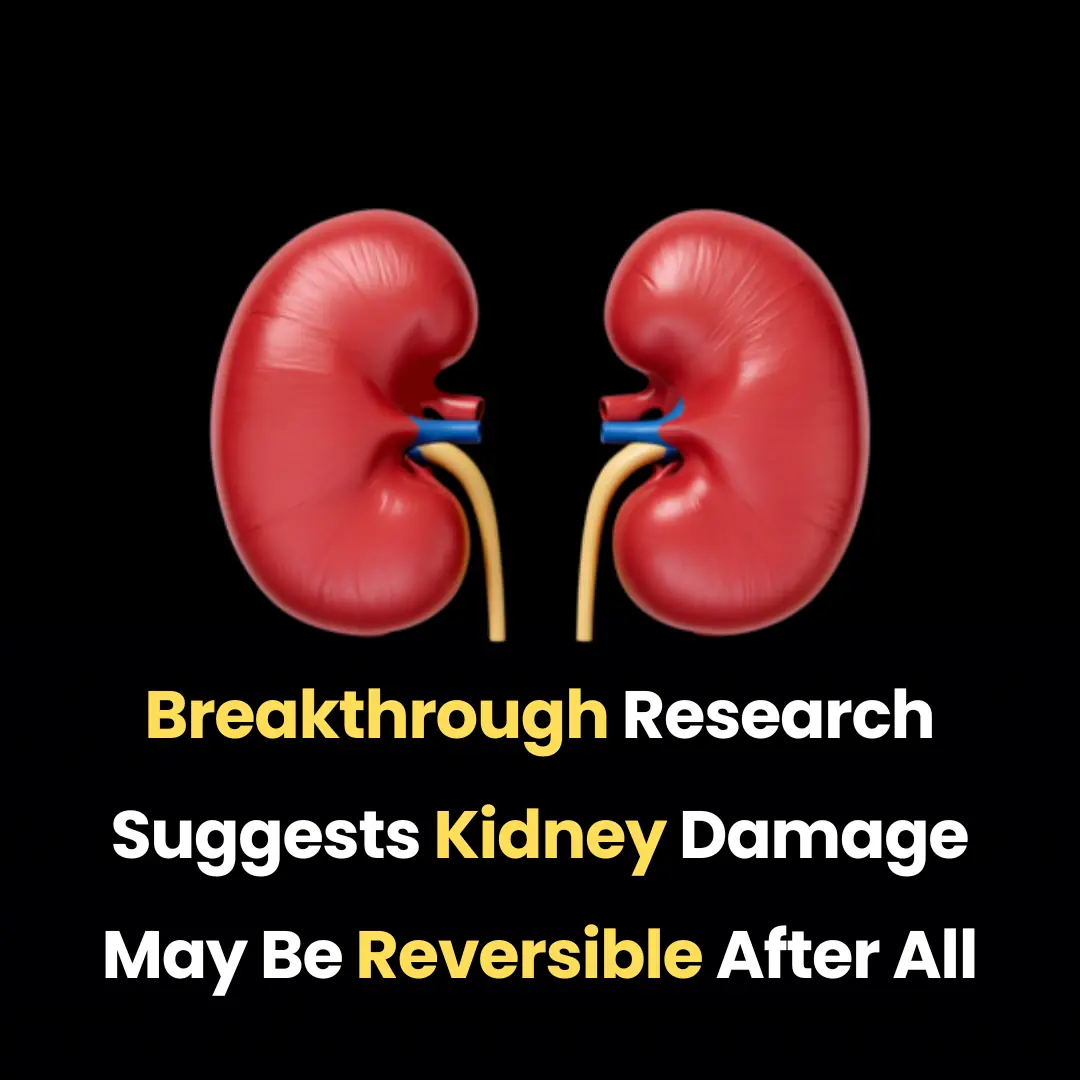
Breakthrough Research Suggests Kidney Damage May Be Reversible After All

How Intermittent Fasting Protects the Heart: New Evidence on Blood Clots and Cardiovascular Health

New Evidence Links Hepatitis C to Brain Pathways in Mental Illness

If You See a Woman Wearing a Wedding Ring On Her Pinky, Here's What It Means

Reinventing Renewable Energy: Germany Launches Compact Turbine for Off-Grid Power

Rethinking Depression: New Brain-Imaging Research Reveals It’s More Than a Chemical Imbalance

Seventeen Years Lost: How a Look-Alike Helped Free an Innocent Man

You Must Live Without One Modern Comfort — Your Choice Reveals Who You Really Are
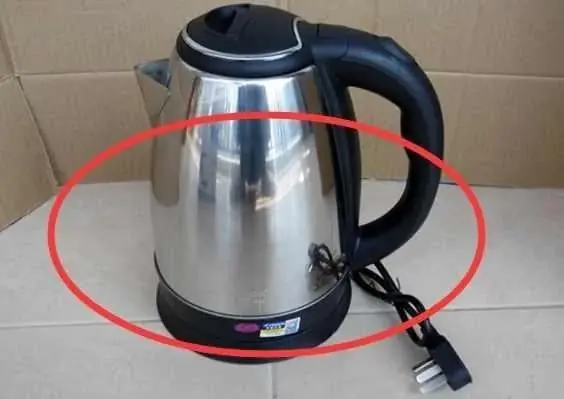
Why do foreigners use electric kettles so little even though they are very convenient?
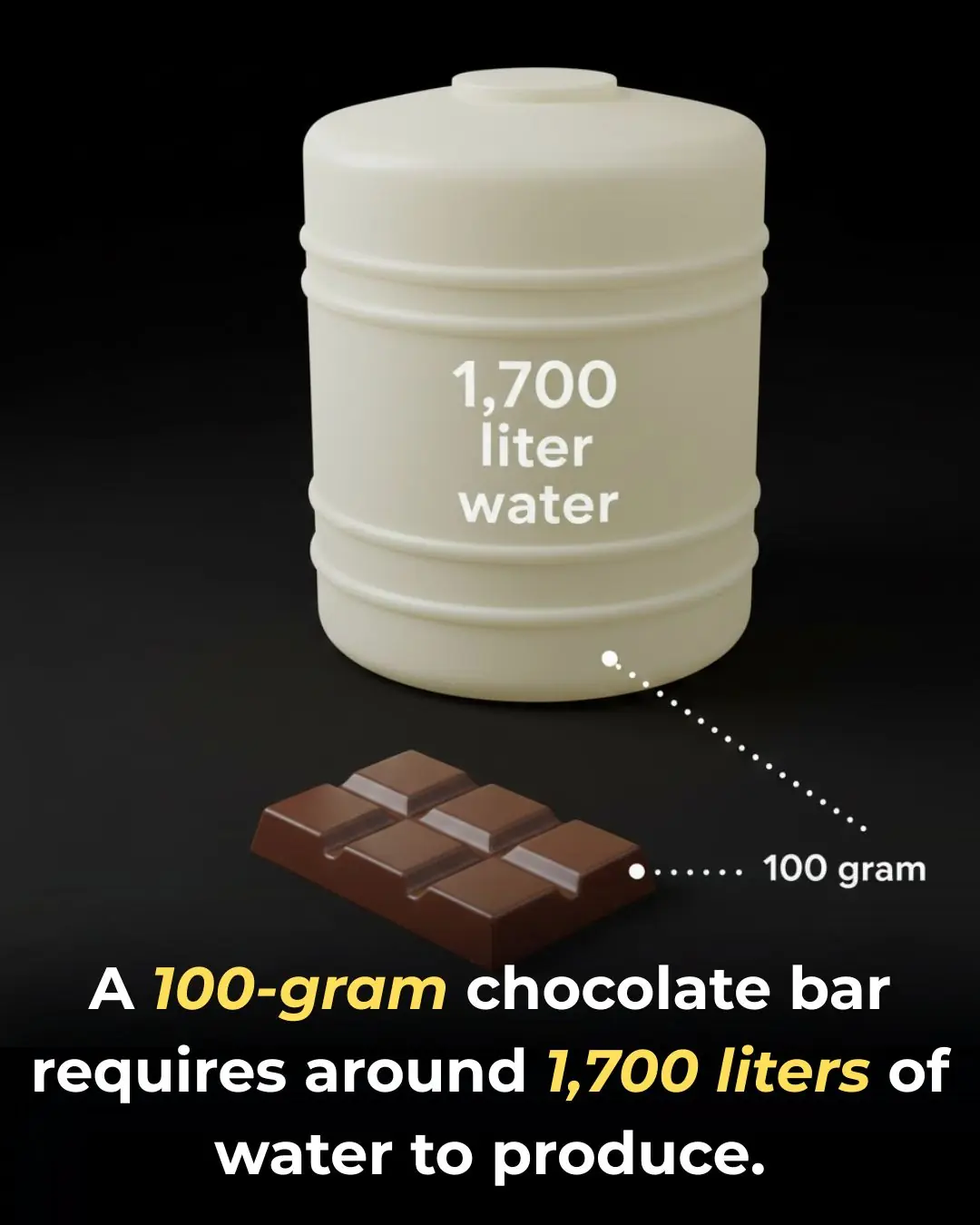
How Poor Sitting Posture Impacts Your Spine, Muscles, and Overall Health
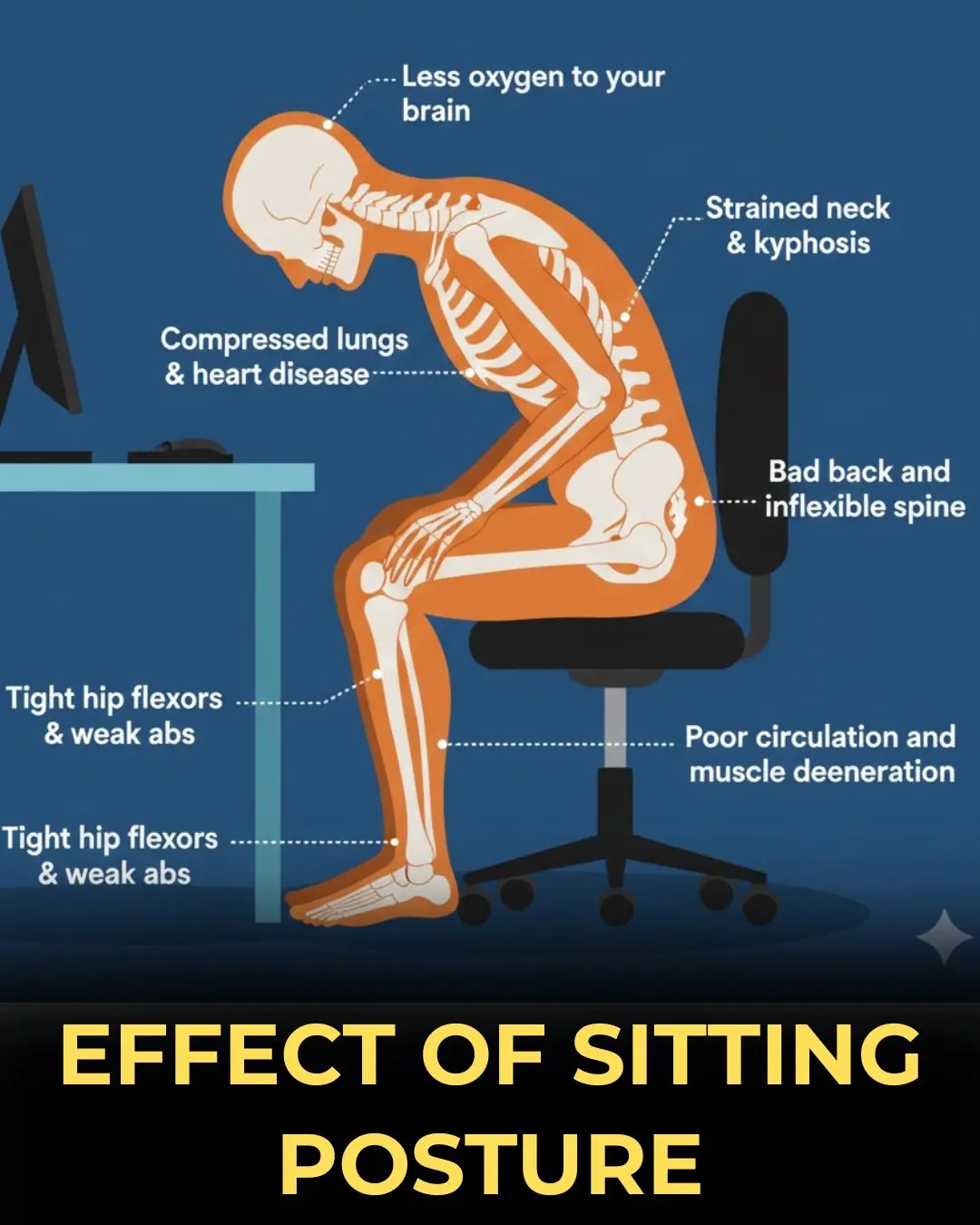
Understanding the Long-Term Consequences of Poor Sitting Posture
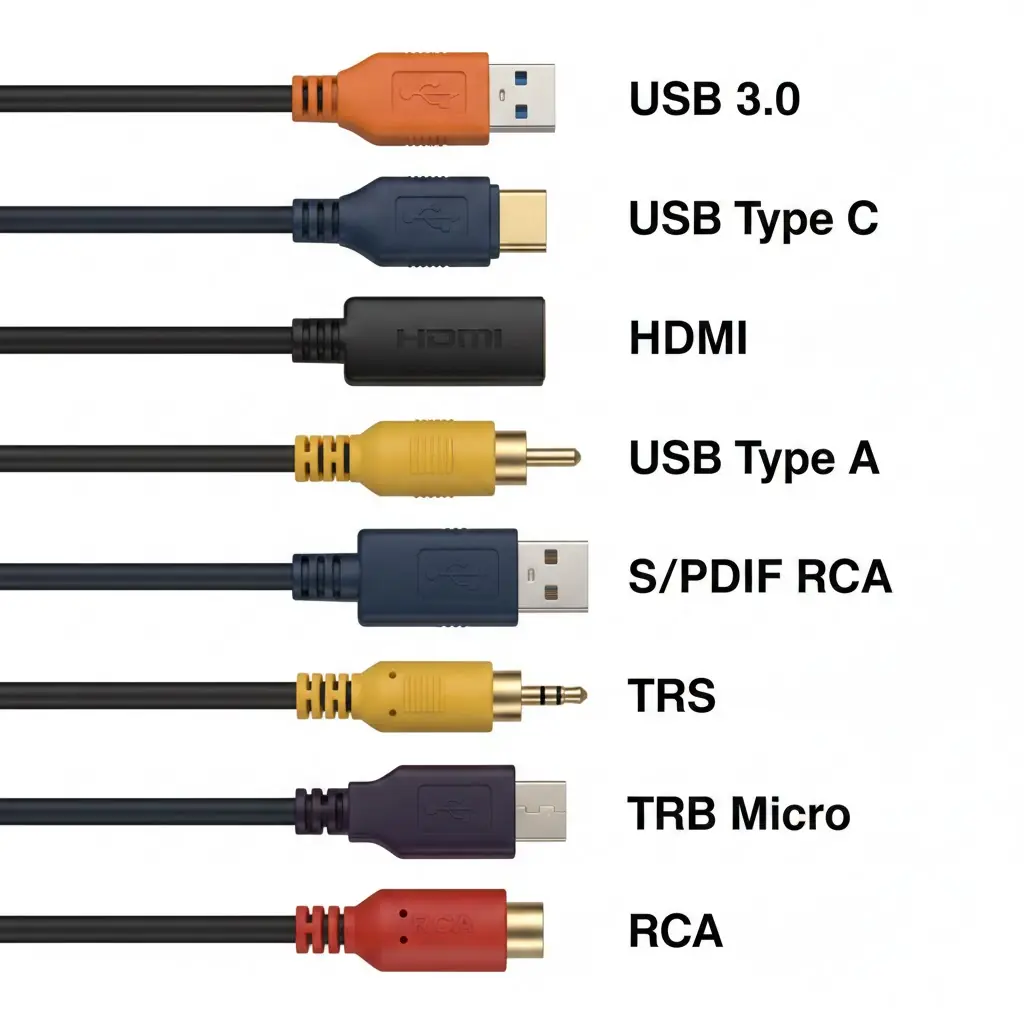
A Complete Guide to Common Cable Types and How They Keep Devices Connected

A Sleeping Giant Stirs: Taftan Volcano Experiences Uplift Driven by Shallow Gas Pressure

The Healing Power of Touch: How Hugs Support Emotional Balance and Immune Health

Why Sleeping in Socks Might Be the Secret to Better Sleep
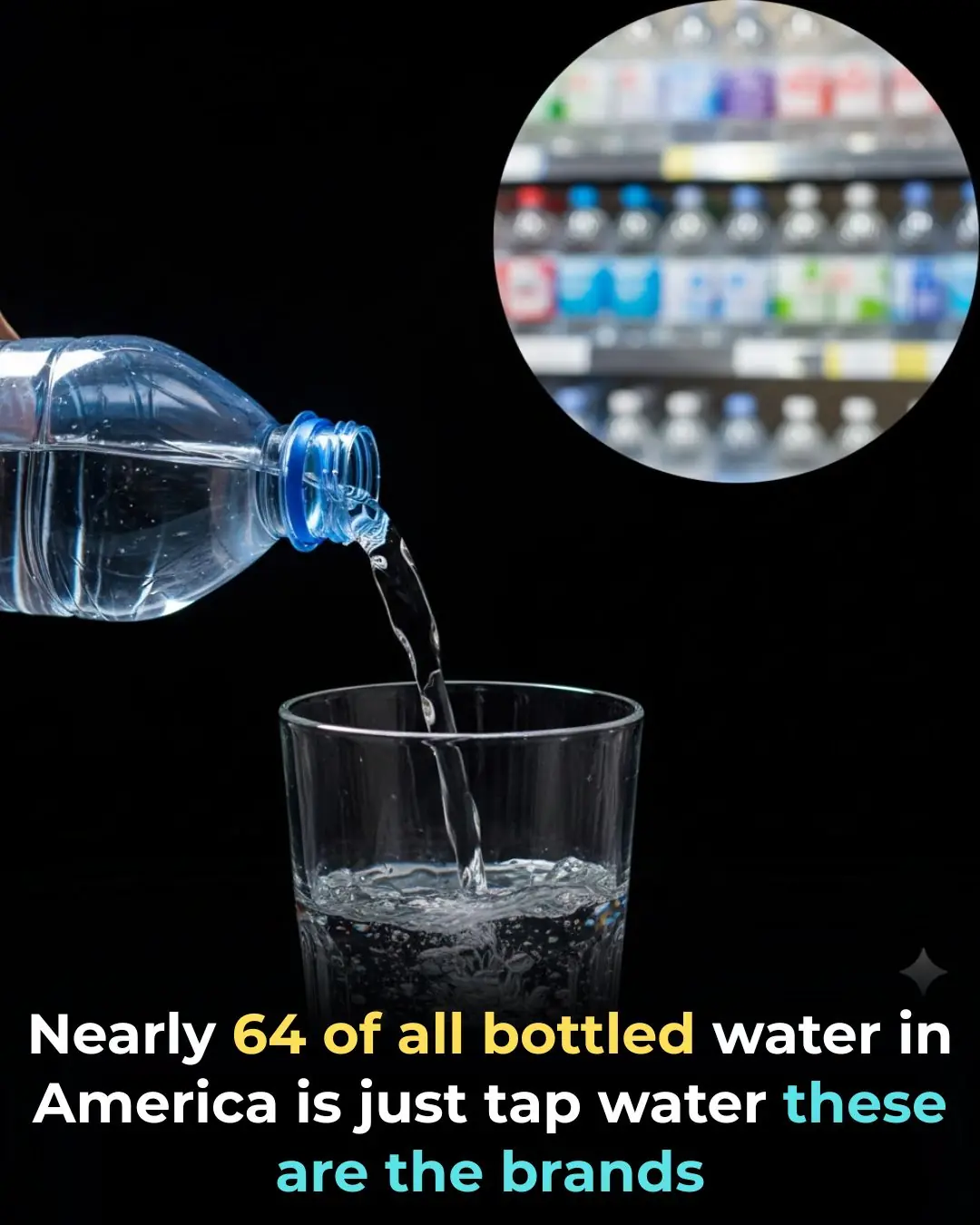
Think Bottled Water Is Safer Think Again
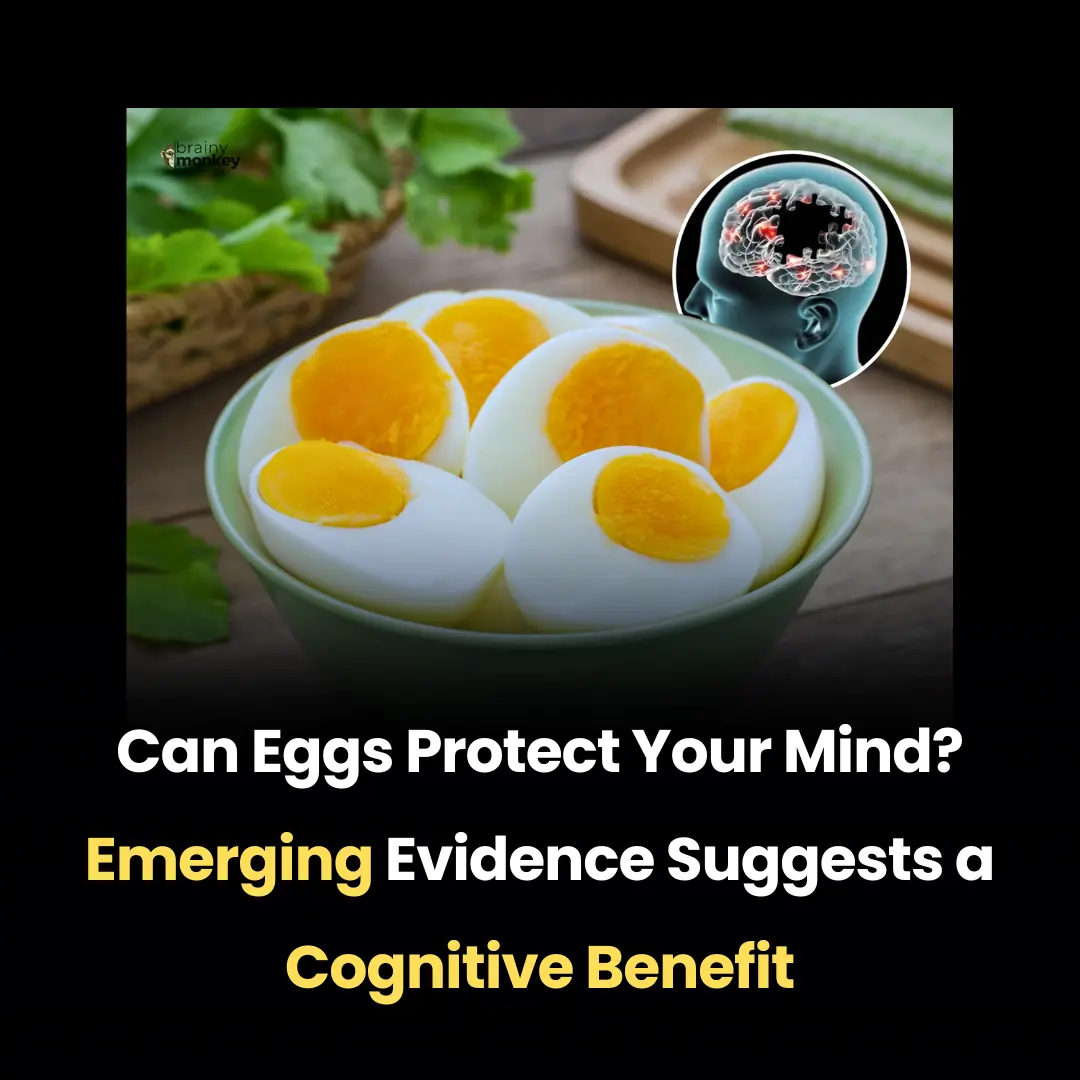
Can Eggs Protect Your Mind? Emerging Evidence Suggests a Cognitive Benefit
News Post

Injectable Gel Breakthrough Brings New Hope for Nerve Regeneration
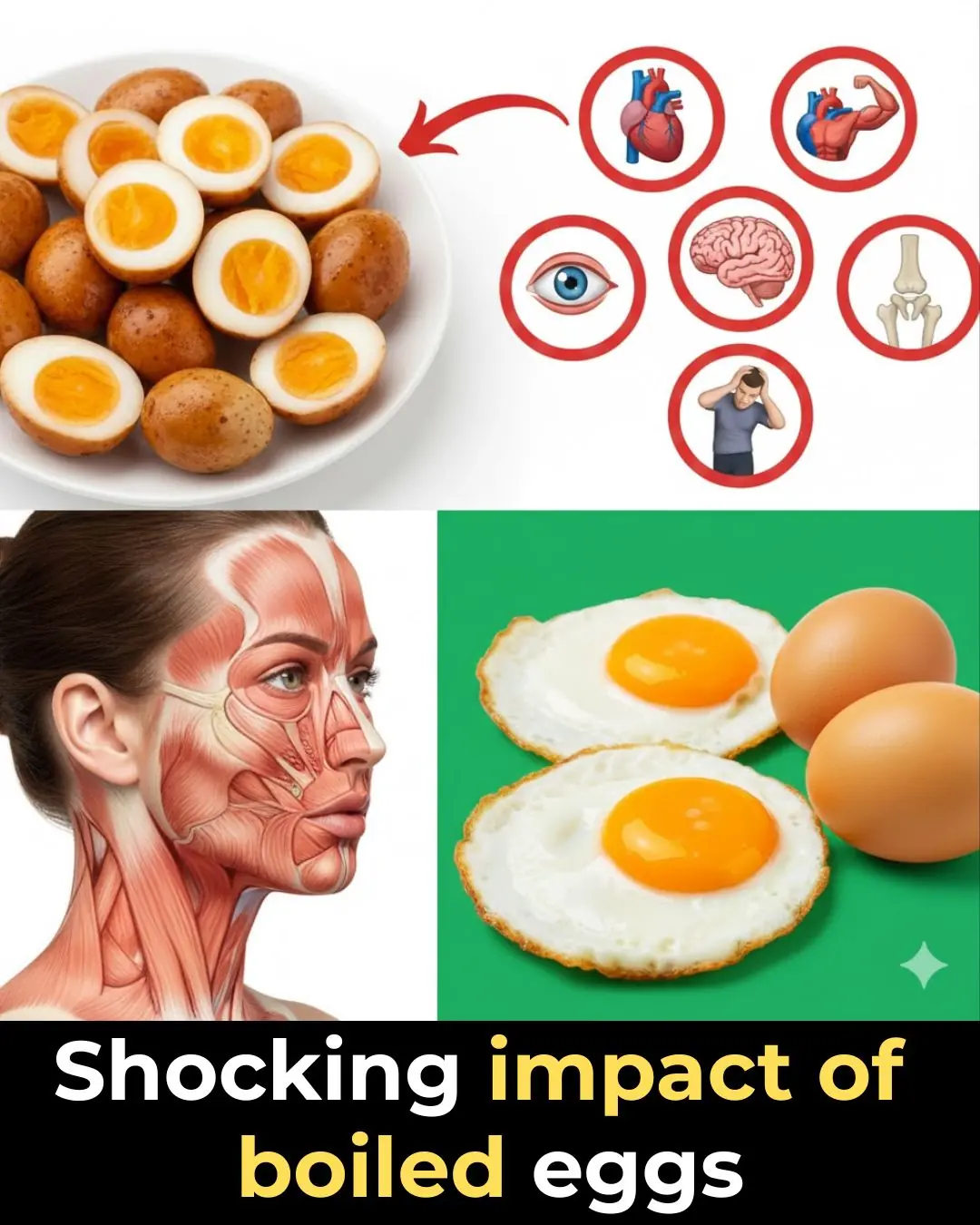
Why Boiled Eggs Deserve a Spot on Your Breakfast Table

Goodbye Synthetic Dyes: Doritos Join the Push for Cleaner, Transparent Ingredients

Breakthrough Research Suggests Kidney Damage May Be Reversible After All

How Intermittent Fasting Protects the Heart: New Evidence on Blood Clots and Cardiovascular Health

New Evidence Links Hepatitis C to Brain Pathways in Mental Illness

ITV breaks silence as Celebrity Big Brother is ‘axed from ITV schedule’

Peter Andre teases ‘special’ project with wife Emily: ‘We are having exciting meetings’

🚫 When to Avoid Ginger — 6 Medical Conditions That May Be Affected

What Happens to Your Body When You Eat Canned Tuna Every Day

I’m A Celebrity star Kelly Brook’s husband reveals when he’s flying out to Australia

Kris Jenner shows support for Meghan Markle weeks after Kardashians photo scandal

Inside Angry Ginge’s ‘bromance’ with Angry Ginge – how they met; ‘going to war’ over diss track; huge ‘risk’ that ‘paid off’

Ant McPartlin’s tattoos explained – tribute to wife Anne-Marie; uproar over ‘missing’ family member; nod to his recovery

Emmerdale disaster incoming: Bear’s fate ‘sealed’ as Joshua Richards makes devastating admission
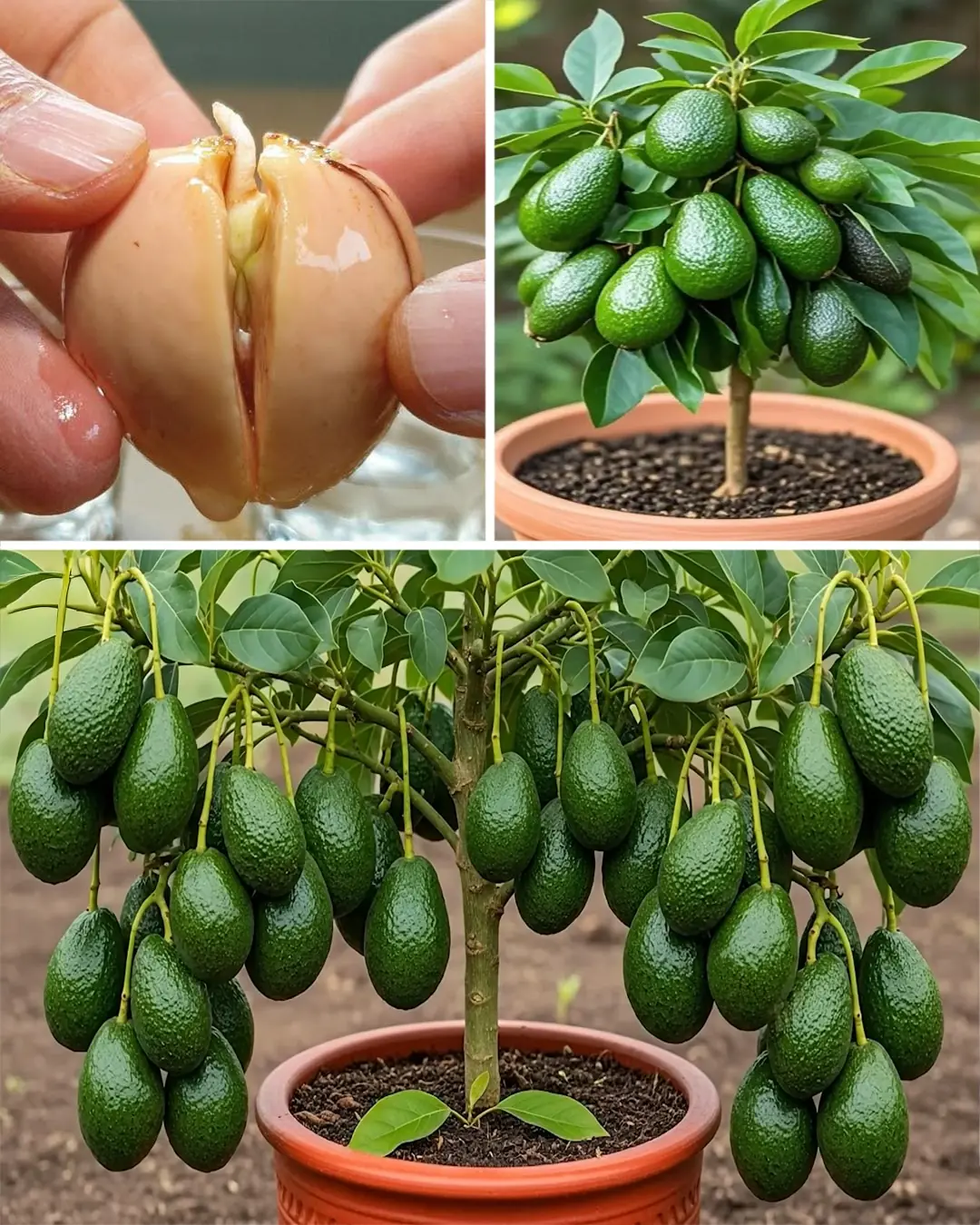
How Do Farmers Grow Avocado Trees

Robron plot Kev’s downfall – but Emmerdale fans declare they ‘love him’

If You See a Woman Wearing a Wedding Ring On Her Pinky, Here's What It Means

2-Minute Painless Hair Removal: Natural At-Home Solution
